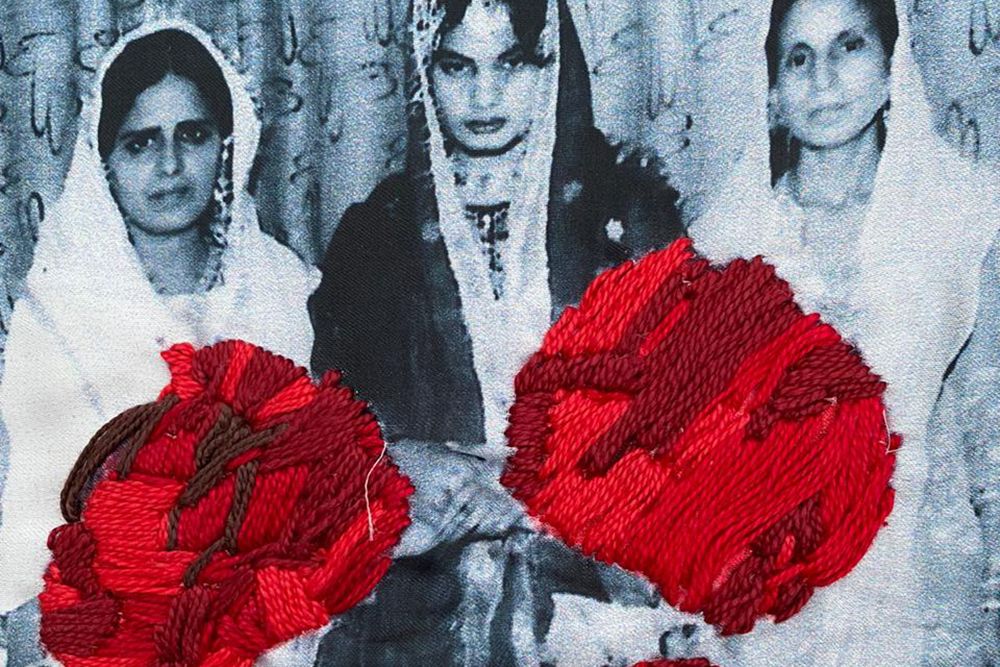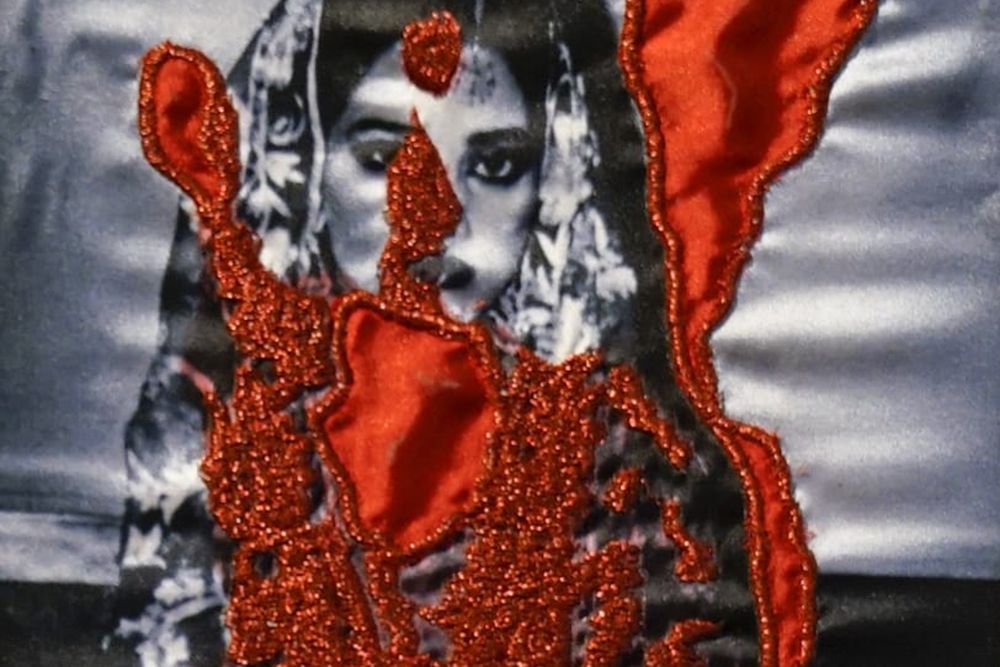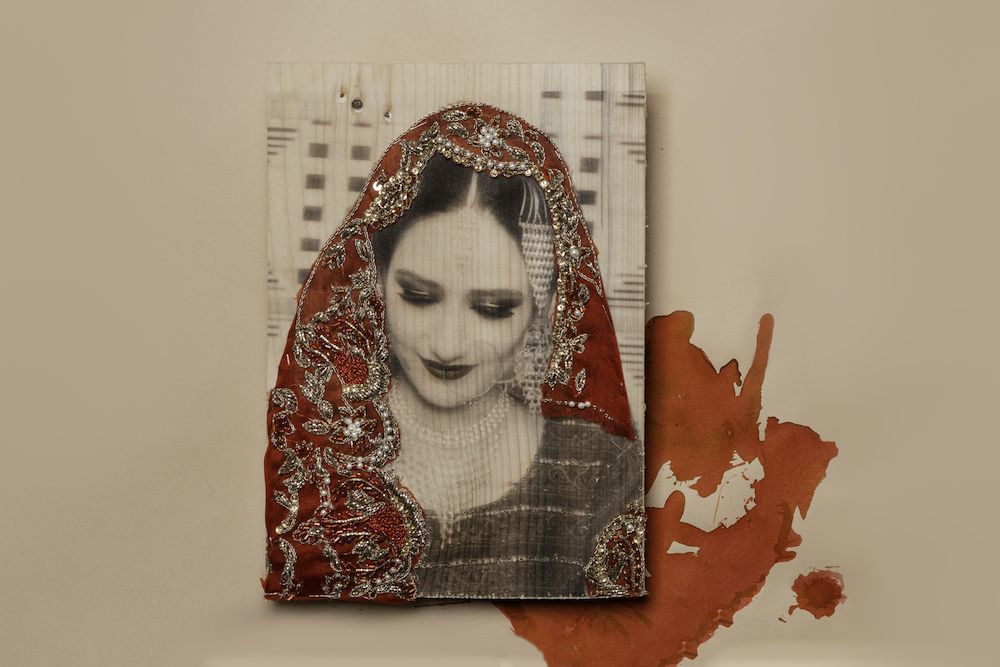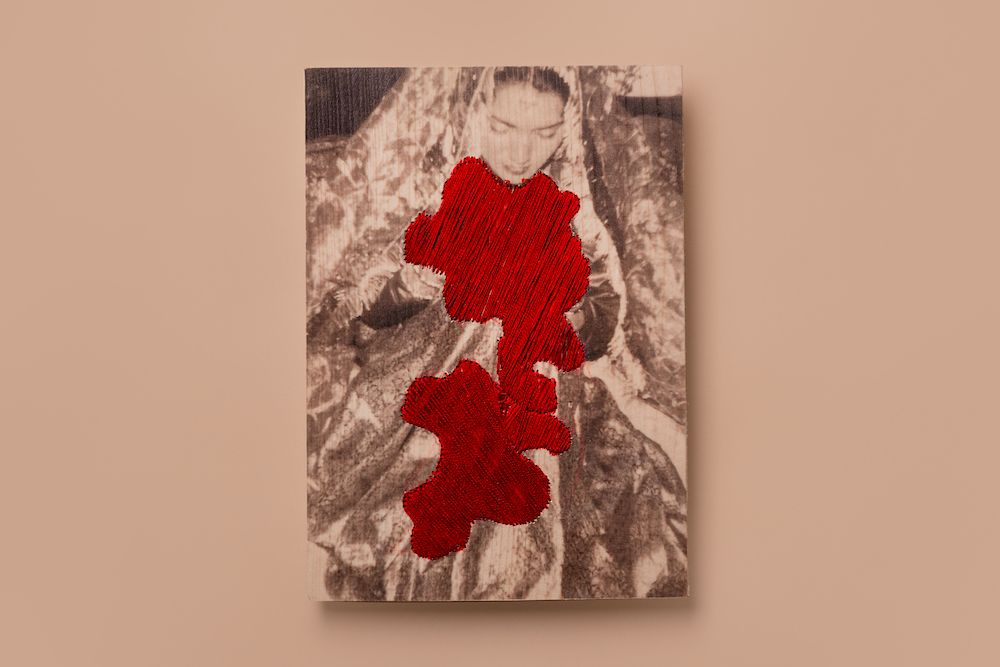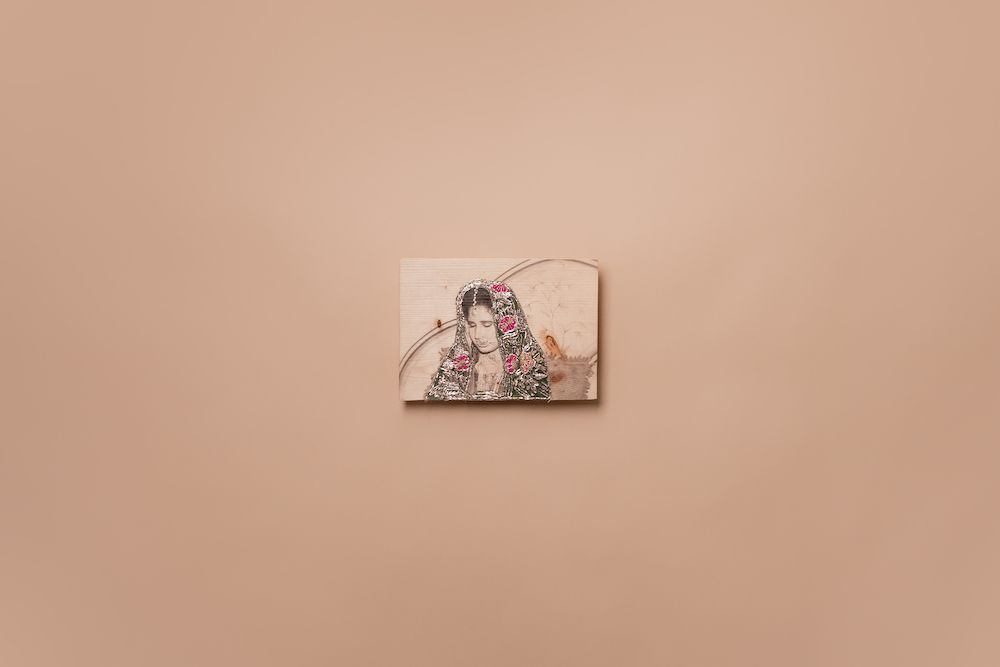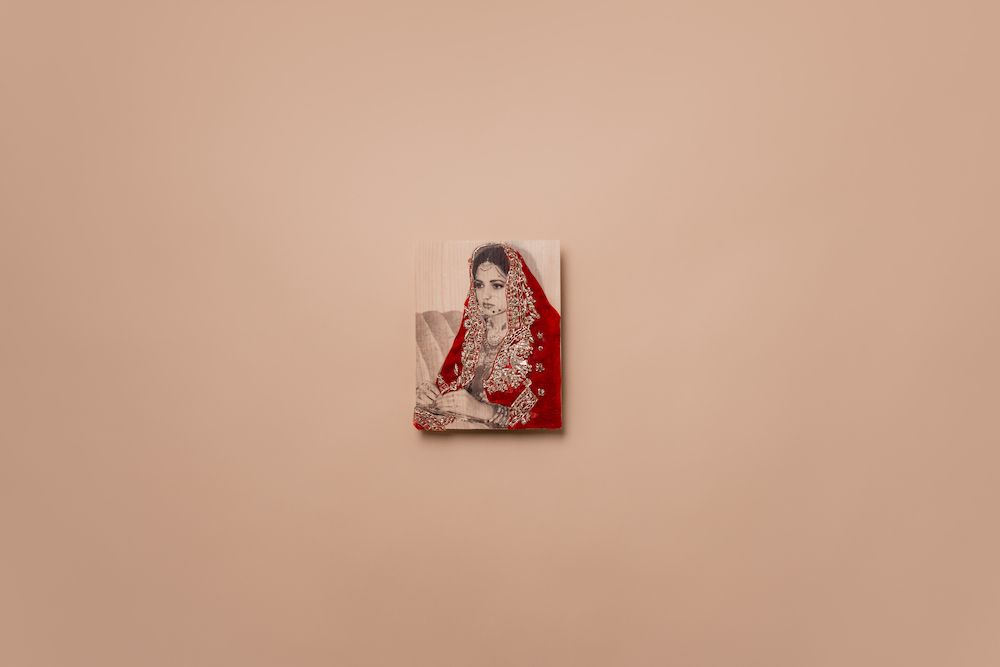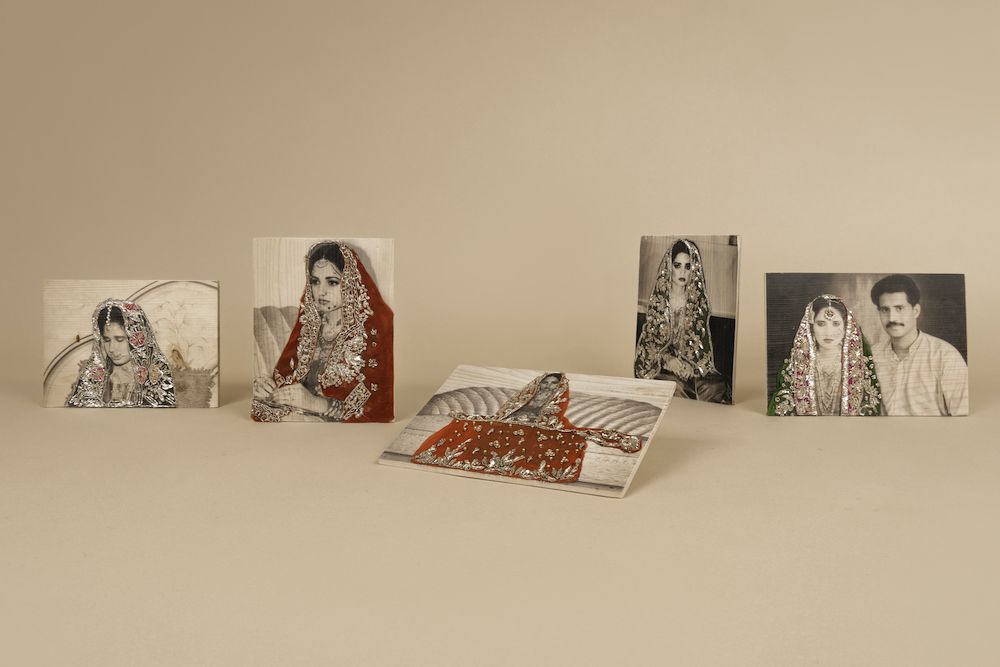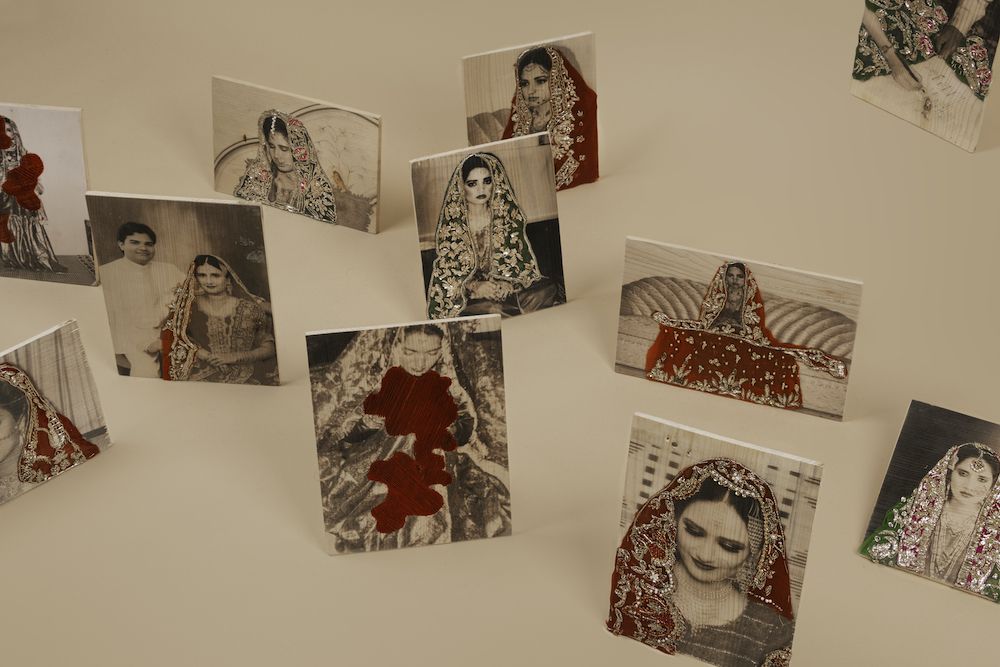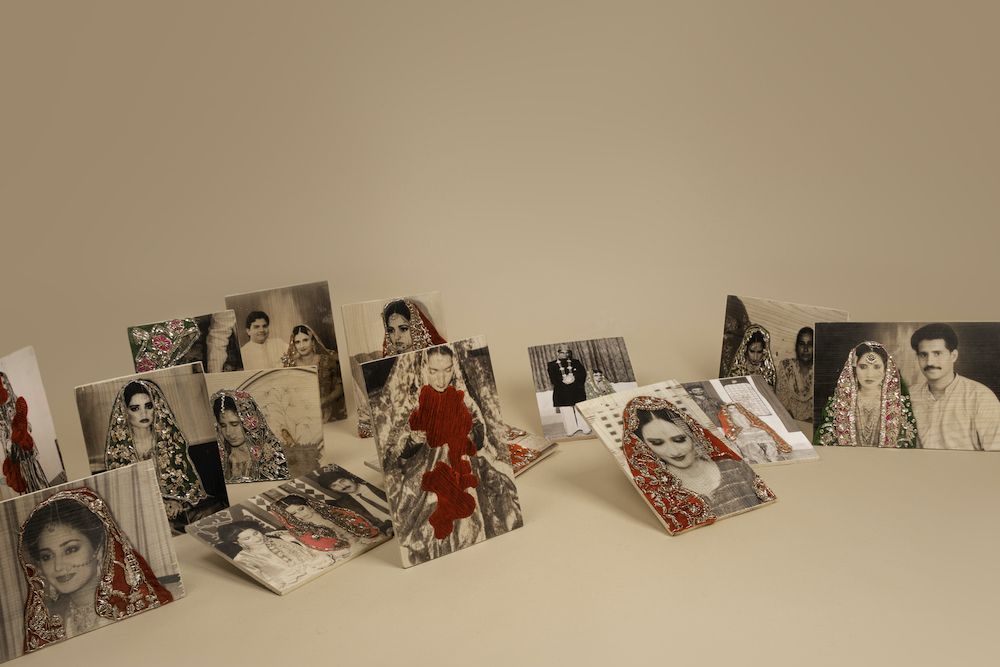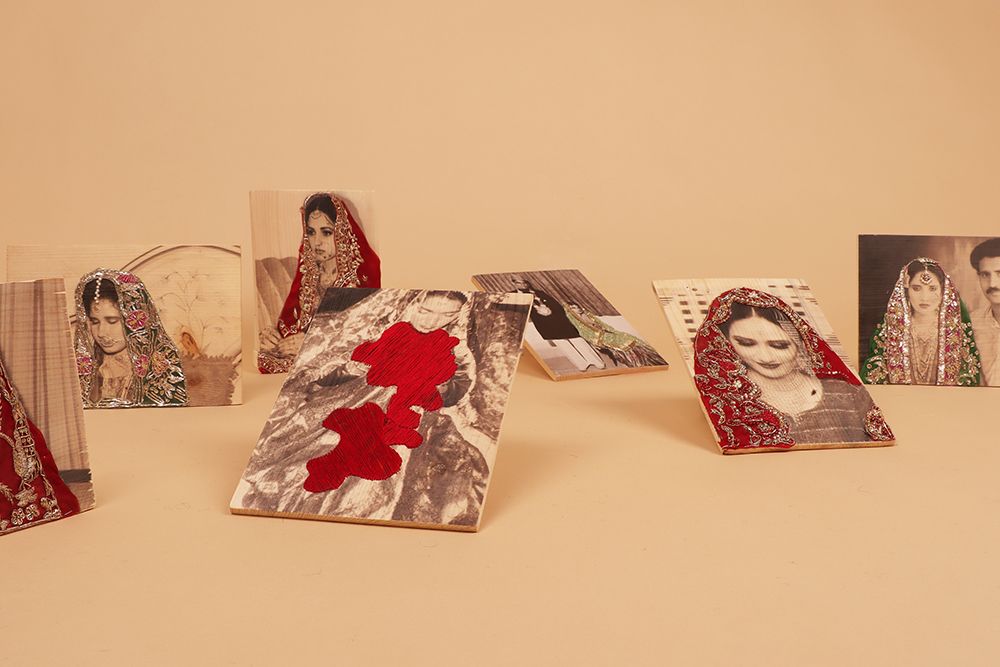
Abdur Rafeh Rizwan
Anwa Asad
Ayesha Akhtar
Aysha Aslam
Azeen Aamir
Babrak Khan
Fozan Tariq
Hajra Ashraf
Hira Irfan
Irsha Elahi
Kashmala Khan
Mahira Noor
Misha Khan
Muhammad Ahmed Zia
Sabdezar Irfan
Sabeen Fatima
Shahgul Khanum
Shahrukh Hamid
Shazme Amer
Sheikh Nabeel Ahmed Munir
Syed Ali Waqqar Shah
Talha Moeen
Zara Humayun
Zohaib Rizwan
Ambreeza Rauf
Anmol Ameer
Aqsa Khan
Arooj Mazhar
Arshia SD
Farah Kanwal
Hiba Noor
Kashaf Saeed
Maham Amjad
Mehrunissa
Moeed Iqbal
Muhammad Tahseem ul Hassan
Muzna Moiza
Nirmal Sajid
Ramsha Cheema
Sami Shahid
Sana Sarfraz
Talha Aziz
Momina Nadeem
Sohaira Aziz
Aasil Malik
Abdul Rehman
Abeera Saleem
Bakhtawar Ali
Bilal Ahmed
Hira Sohail
Maryam Imran
Muhammad Alimumal
Muhammad Zeeshan Abid
Tehreem Arif
Ali Syed
Fatima Afzal
Hira Khan
Iram Shahzadi
Mah Noor Asif
Maryam Tanveer
Maleeha Kabir
Rabiya
Shansa Rana
Zara Yousaf
Zimn Farooq

Degree Show 2020
BFA Visual Arts
B. Des Visual Communication Design
B. Des Textile, Fashion & Accessory Design
with specialization in:
with specialization in:
Visual Communication Design
&

Mariam Dawood
School of Visual Arts & Design
School of Visual Arts & Design
